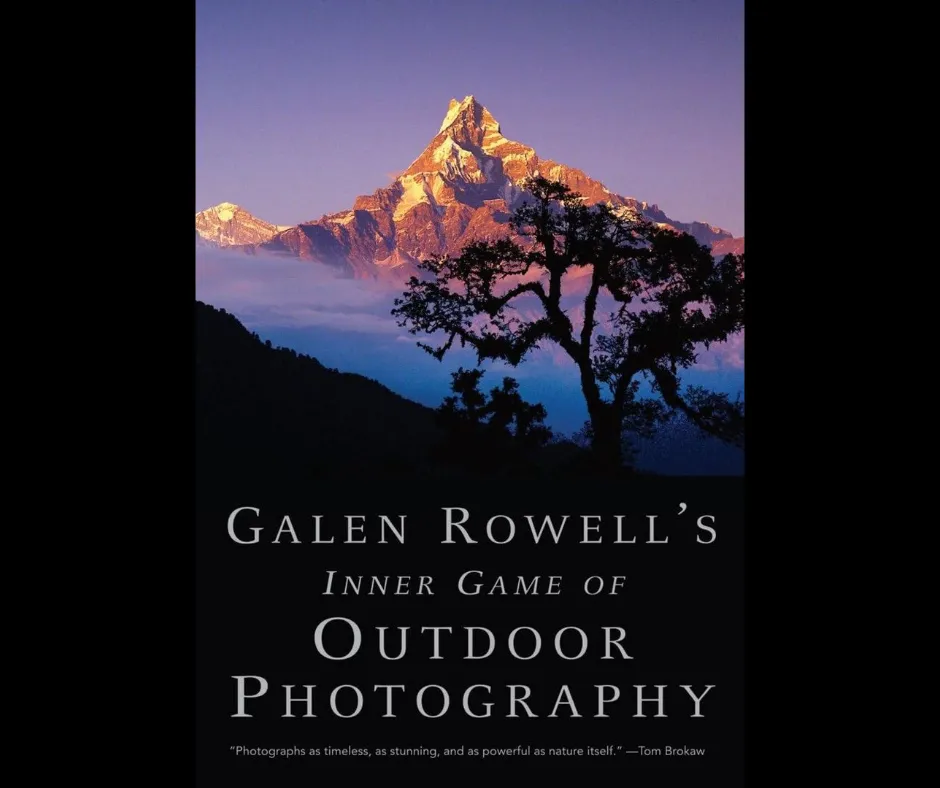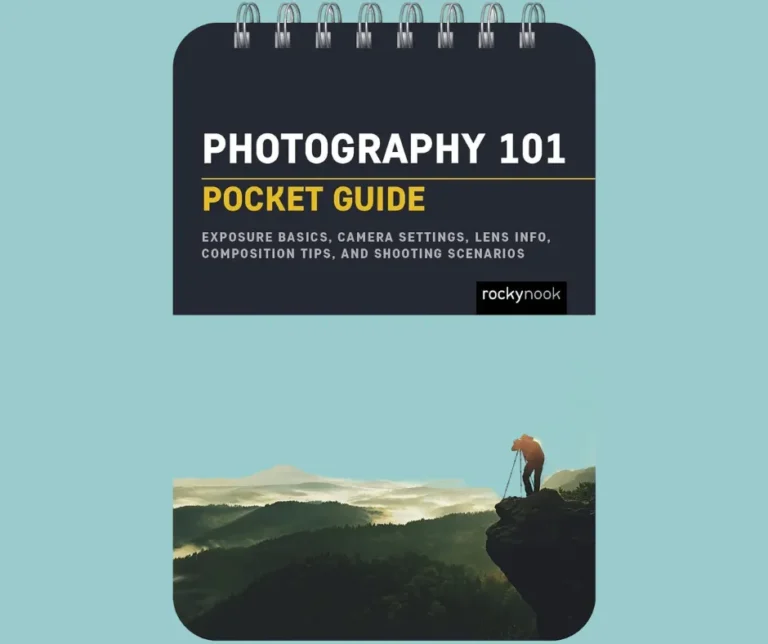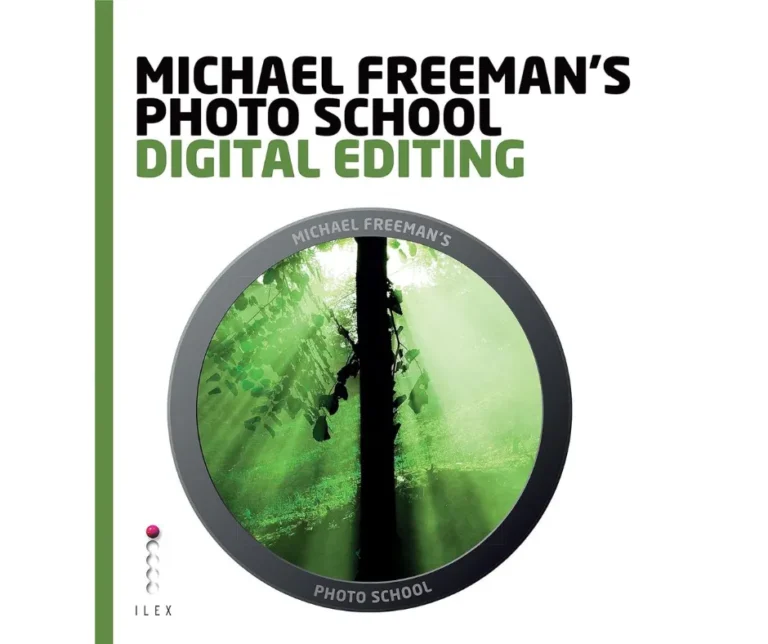Exploring Nature: Amateur Photography in the Great Outdoors
Are you looking for a new and exciting hobby that combines your love for the great outdoors with your passion for photography? Look no further than amateur nature photography.
With the rise of social media and the accessibility of high-quality cameras on smartphones, more and more people are picking up a camera and heading outside to capture the beauty of nature.
Whether you are a seasoned photographer or just starting out, exploring nature through the lens is a fulfilling and rewarding experience.
In this article, we will delve into the world of amateur nature photography and discuss tips and tricks for capturing stunning images, the benefits of immersing yourself in the natural world, and the growing community of nature photographers.
So grab your camera and join us as we embark on an exploration of the great outdoors through the art of amateur photography.
Capture stunning landscapes with ease
With the right equipment and knowledge, capturing stunning landscapes in your amateur nature photography endeavors can be made easier than ever before.
By immersing yourself in the great outdoors and exploring the beauty of nature, you can unlock endless opportunities to capture breathtaking images.
Incorporating techniques such as composition, lighting, and perspective, you can elevate your landscape photography to new heights.
Utilize a wide-angle lens to encompass the vastness of the scenery, allowing viewers to truly immerse themselves in the beauty of the natural world.
Experiment with different angles and focal points to create visually appealing and captivating compositions.
Remember to also pay attention to the quality of light, as the golden hours of sunrise and sunset can provide soft and warm tones, adding depth and drama to your photographs.
With practice and a passion for exploring nature, you can effortlessly capture stunning landscapes that evoke a sense of awe and admiration.
Master composition and lighting techniques
To truly excel in your amateur nature photography endeavors, it is essential to master composition and lighting techniques.
Composition plays a crucial role in creating visually pleasing and impactful images.
Experiment with different elements such as leading lines, the rule of thirds, and framing to guide the viewer’s eye and create a sense of balance and harmony in your photographs.
Additionally, understanding how lighting affects your subject is vital.
Take advantage of the natural light available in the great outdoors, whether it’s the soft and warm tones during the golden hour or the dramatic contrast of light and shadow during midday.
By honing your skills in composition and harnessing the power of lighting, you can bring your nature photography to a whole new level, capturing the awe-inspiring beauty of the natural world in every frame.
Learn to capture wildlife up-close
To truly capture the essence and beauty of wildlife up-close, immerse yourself in their natural habitat.
This means venturing deeper into the great outdoors, observing wildlife behaviors, and understanding their patterns.
Patience is key, as it allows you to wait for that perfect moment when the animal reveals its true self.
Move silently and slowly, blending in with the surroundings to avoid startling the wildlife.
Use a telephoto lens to maintain a safe distance while still capturing intricate details.
Remember to respect their space and never disturb or disrupt their natural behaviors.
By honing your skills in exploring nature amateur photography in the great outdoors, you can capture breathtaking images that showcase the raw power, grace, and vulnerability of wildlife in their natural habitats.
Enhance your nature photography skills
To further enhance your nature photography skills in the great outdoors, it is essential to understand and utilize the principles of composition.
Pay attention to the rule of thirds, a technique that involves mentally dividing your frame into nine equal parts and placing your subject along these lines or at the intersections.
This creates a sense of balance and visual interest within your photographs.
Additionally, experiment with different perspectives and angles to add depth and dimension to your images.
Consider getting down low to capture unique angles or positioning yourself at a higher vantage point for a bird’s-eye view.
Moreover, don’t underestimate the power of natural lighting.
Take advantage of the golden hours, during sunrise and sunset, when the light is soft and warm, casting a magical glow on your subjects.
Finally, continuous learning and practice are key to improving your nature photography skills.
Attend workshops, read books, and seek feedback from fellow photographers to constantly refine your craft and expand your creative vision.
Embrace your inner nature photographer
As you embark on your journey of Exploring Nature Amateur Photography in the Great Outdoors, it is important to embrace your inner nature photographer.
Allow yourself to fully immerse in the beauty and serenity of the natural world, letting it inspire and guide your creative vision.
Capture the intricate details of delicate flowers, the majestic movements of wildlife, and the breathtaking landscapes that surround you.
Through your lens, you have the power to showcase the wonders of nature and share them with the world.
Remember, photography is not just about capturing an image, but about capturing a moment in time that evokes emotions and tells a story.
So, embrace your passion, unleash your creativity, and let nature be your muse as you embark on this exhilarating photographic adventure.
As you continue to explore the great outdoors through your amateur photography, remember to always respect and appreciate the natural world around you.
With practice and patience, your skills will continue to improve, and you will capture even more stunning moments of nature’s beauty.
Continue to seek out new locations, embrace different techniques, and never stop learning and growing as a photographer.
So keep your camera ready, and let nature be your guide.
Happy shooting!
FAQ
What are some essential tips for amateur photographers looking to capture stunning nature shots in the great outdoors?
To capture stunning nature shots in the great outdoors, you need to follow a few essential tips.
Firstly, make sure to bring a versatile lens that allows you to capture both wide-angle landscapes and close-up details.
Next, pay attention to lighting and try shooting during the golden hour for soft, warm light.
Additionally, focus on composition by using the rule of thirds and leading lines to create visually engaging shots.
Don’t forget to experiment with different perspectives and angles to add depth to your photos.
Lastly, be patient and embrace the unpredictability of nature to capture unique and breathtaking moments.
How can amateur photographers effectively use natural lighting to enhance their nature photographs?
To effectively use natural lighting in your nature photographs, you need to pay attention to its direction and intensity.
Start by positioning yourself and your subject in a way that the light falls on it from a flattering angle.
Experiment with shooting during the golden hour (early morning or late afternoon), when the light is softer and creates a warm, magical atmosphere.
Take advantage of backlighting to create a beautiful silhouette effect.
Also, consider using diffusers or reflectors to soften harsh shadows or add more light to certain areas.
Remember, nature is full of stunning lighting opportunities, so explore and experiment to capture the best moments.
What equipment or gear is recommended for amateur photographers venturing into nature photography?
When venturing into nature photography as an amateur photographer, it is recommended that you have a few essential pieces of equipment.
Firstly, a reliable DSLR or mirrorless camera with a variety of lenses will allow you to capture different perspectives and details.
A sturdy tripod will help stabilize your shots, especially in low light conditions.
Additionally, invest in a good camera bag to protect your equipment and make it easier to carry.
Other useful gear includes extra batteries, memory cards, a remote shutter release, and a polarizing filter for enhancing colors and reducing glare.
Don’t forget to pack comfortable shoes and clothing for long hikes in nature.
Are there any specific techniques or composition rules that can help amateur photographers capture more visually appealing nature photographs?
To capture visually appealing nature photographs, you can follow a few techniques and composition rules.
Firstly, try using the rule of thirds by dividing your frame into three sections horizontally and vertically, and placing your main subject along these lines or at their intersections.
Additionally, pay attention to the balance of elements in your frame, such as using leading lines or symmetry to create a sense of harmony.
Experiment with different perspectives and angles to add depth and interest to your images.
Lastly, consider the lighting conditions and how they can enhance the mood and atmosphere of your nature photographs.
How can amateur photographers ensure their presence in nature does not disturb or harm the environment or wildlife they are photographing?
To ensure your presence in nature does not disturb or harm the environment or wildlife you’re photographing, there are a few key steps you can take.
Firstly, be mindful of your surroundings and stay on designated paths to avoid trampling delicate vegetation.
Secondly, maintain a safe distance from wildlife to avoid causing stress or altering their behavior.
Use a telephoto lens to capture close-up shots without interfering.
Finally, avoid using flash photography as it can startle animals.
Remember, respecting the natural environment and its inhabitants is crucial for both their well-being and the preservation of their habitats.







